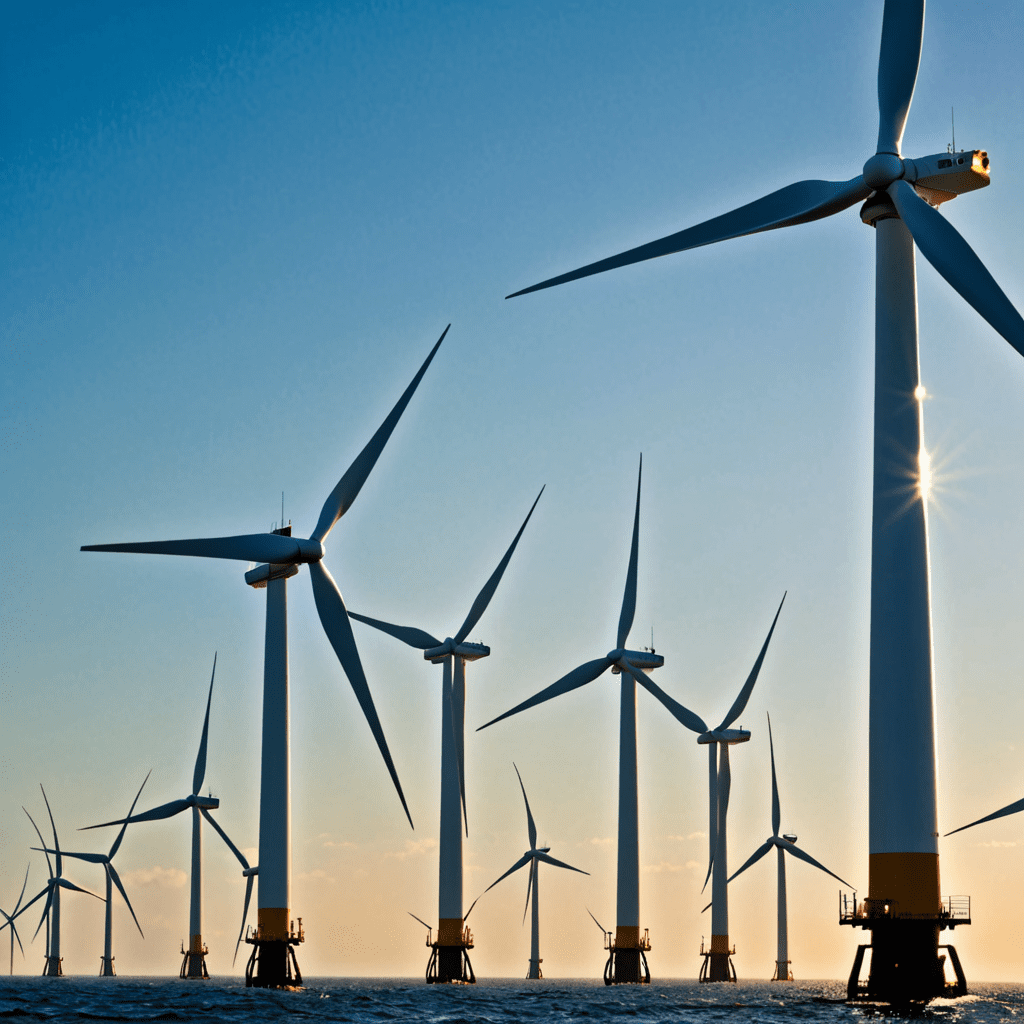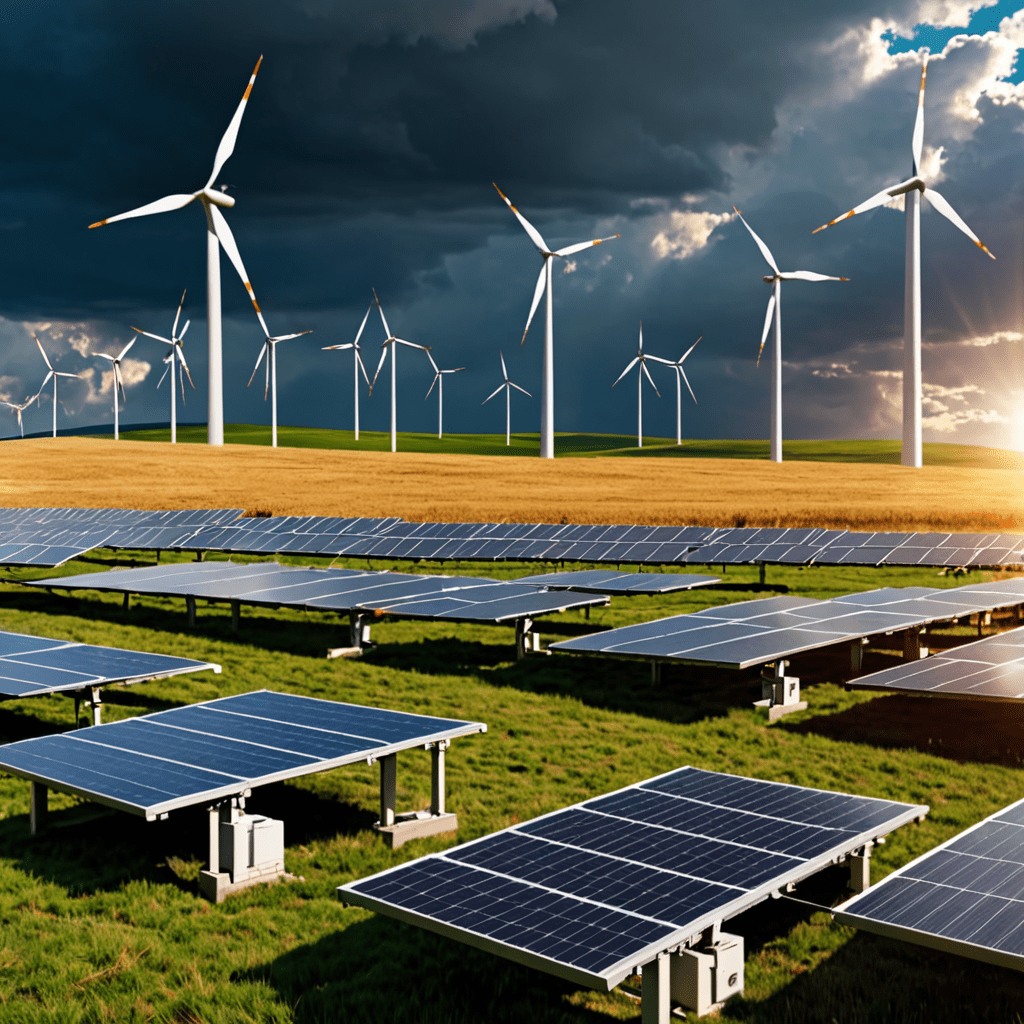Offshore Wind Energy: Expanding Horizons
Offshore wind energy has emerged as a promising avenue for sustainable power generation, with significant advancements in technology and infrastructure. Let’s explore how offshore wind energy is expanding horizons in the renewable energy sector.
The Rise of Offshore Wind Farms
Offshore wind farms involve the installation of wind turbines in bodies of water, typically oceans or seas, to harness the power of wind and convert it into electricity. These farms have gained traction due to their ability to access stronger and more consistent wind speeds compared to onshore locations, leading to higher energy production.
Advantages of Offshore Wind Energy
One of the key advantages of offshore wind energy is its vast potential for electricity generation. Additionally, offshore wind farms have a smaller environmental footprint compared to traditional power plants, making them a cleaner alternative for meeting energy needs.
Technological Innovations Driving Growth
The expansion of offshore wind energy is heavily reliant on technological innovations. Advances in turbine design, floating platforms, and grid connection systems have increased the efficiency and feasibility of offshore wind farms, paving the way for larger installations in deeper waters.
Global Expansion of Offshore Wind Projects
Offshore wind projects are not limited to a specific region – they are increasingly being implemented worldwide. Countries such as Denmark, the United Kingdom, and the United States are leading the charge in offshore wind development, with ambitious targets to enhance their renewable energy portfolios.
Environmental Impact and Sustainability
While offshore wind energy offers numerous benefits, it is essential to consider its environmental impact. Proper planning and assessment are crucial to mitigate any potential risks to marine ecosystems and wildlife, ensuring the long-term sustainability of offshore wind projects.
Future Prospects and Challenges
The future of offshore wind energy looks promising, with projections indicating a substantial growth in capacity over the coming years. However, challenges such as high initial investment costs, grid integration, and regulatory frameworks need to be addressed to fully realize the potential of offshore wind as a reliable and clean energy source.
Conclusion
Offshore wind energy is no longer a niche technology but a key player in the transition towards a greener energy landscape. By leveraging technological advancements and addressing environmental concerns, offshore wind farms are poised to play a significant role in meeting the world’s growing energy demands sustainably.
FAQ about Offshore Wind Energy
What is offshore wind energy?
Offshore wind energy refers to the generation of electricity from wind turbines located in bodies of water, typically oceans. Unlike onshore wind farms, offshore wind farms harness stronger and more consistent wind speeds to produce renewable energy.
How does offshore wind energy work?
Offshore wind energy works by using wind turbines installed on the seabed or floating platforms to capture the kinetic energy of the wind. The turbines convert this energy into electricity through a generator, which is then transferred to the mainland through undersea cables.
Why is offshore wind energy considered important?
Offshore wind energy is crucial for expanding renewable energy sources, reducing carbon emissions, and transitioning to a more sustainable energy future. It also has the potential to create jobs, stimulate economic growth, and contribute to energy independence.



